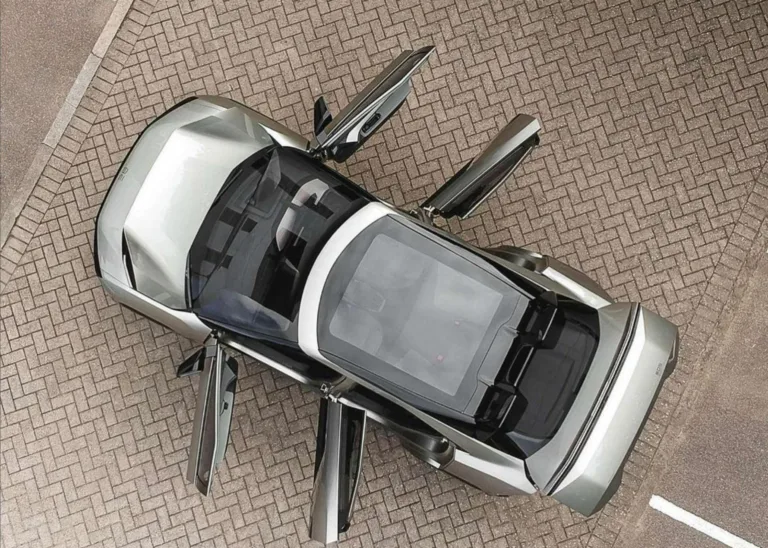Tata Motors‘ share price was skyrocketing on Thursday morning, going up over 5% to hit a new all-time high of...
electric
Hyderabad: In its ongoing mission to build customised solutions for India’s unique needs, Google has partnered with ElectricPe, India’s most...
.Hyderabad: MediaTek, the world’s leading fabless semiconductor company, powering over 2 billion connected devices a year, and JioThings Limited, subsidiary...
Nissan is set to launch the X-Trail in the Indian market, with the release planned for August 2024. Bookings will...
Hyderabad: Daimler India Commercial Vehicles (DICV), a wholly owned subsidiary of Daimler Truck AG ("Daimler Truck"), announced the appointment of...
NSE-listed EV Charger manufacturer, Servotech Power Systems Ltd. has received an additional order for approximately 400 units of DC Fast...
BMW has forayed into the Indian electric two-wheeler market with the BMW CE 04, a high-end electric scooter.This scooter, arriving...
Hyundai Motor India Limited (HMIL) has signed an MoU with CHARGE ZONE to install DC 60 kW fast chargers at...
New Delhi: German luxury carmaker BMW on Wednesday said incentives are necessary to support the growth of the electric vehicle...
Kia India has introduced a lease program for the EV6. The lease rental is INR 1.29 lakhs per month and...




